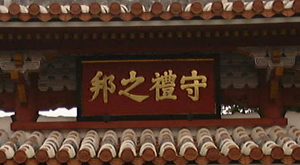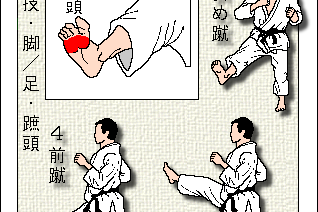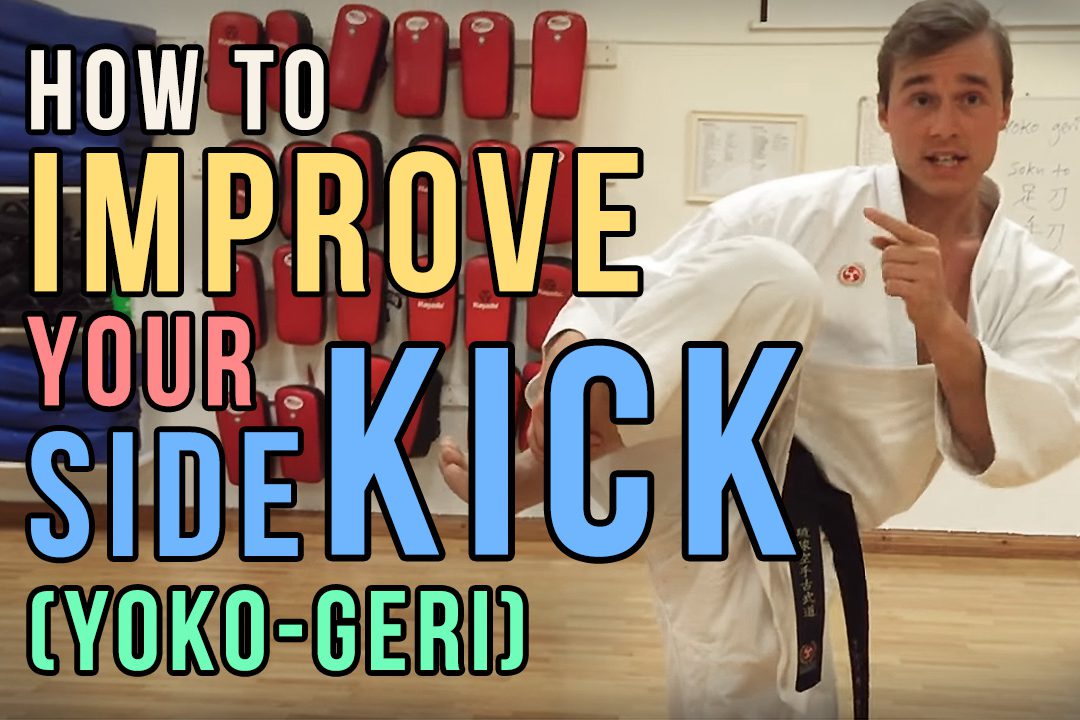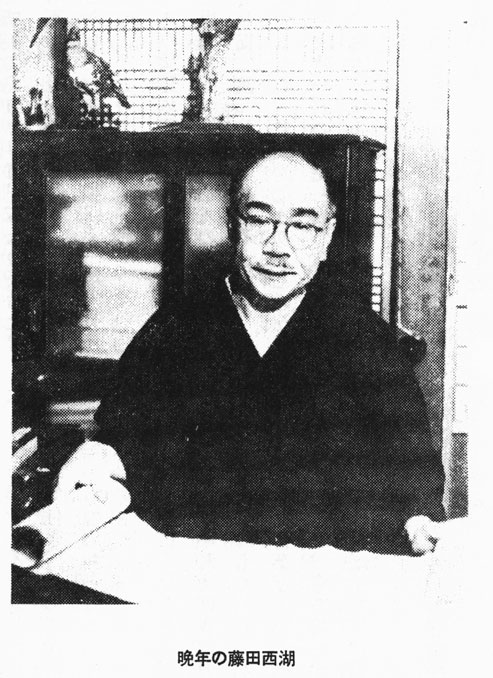Punching, kicking, grappling, throwing, striking, headbutting, locking, kneeing, breaking, elbowing, throwing… the list goes on.
These are some of the physical features that sum up “the way of the empty hand”, known today as Karate.
Judging from this list, Karate sems like a rather violent and dangerous art don’t you think? If you go out on the street, pick a random civilian, and read them this list:
Punching, kicking, grappling, throwing, striking, headbutting, locking, kneeing, breaking, elbowing, throwing…
They will think you are a maniac! They’ll maybe even call the police! But you were just describing your favourite hobby, (alongside the “violent art” of stamp collecting)!
Okay, okay, let’s stop for a minute.
Hold on. Nobody is calling the police.
So, we have just discovered that there exists a problem. People might think Karate is violent (what a surprise)!
Is this the reason some parents won’t let their kids join Karate-class? Maybe.
Is this the reason Karate (along with other Martial Arts) never gets the publicity it should have? The reason why it is still a bit taboo? Maybe. Because violence – when it is controlled – is somehow socially inacceptable. But if it is spontaneous violence, like in soccer, or ice-hockey, then it all of a sudden seems okay.
What a joke.
But is Karate really that violent?
Let’s rewind.
Karate originates from an island called Okinawa. No surprise yet.
So, if this “Karate” is so violent, naturally, the people of Okinawa must be… wild beasts? Savages? Madmen, who spend their spare time beating up each other…?
Of course!
Not.
Not really. Okinawa is as peaceful as can be. Go there yourself if you don’t believe me! If you want violence you will be painfully disappointed. They love peace so much it’s scary.
Okay, so maybe it’s not violent today, but maybe they Okinawans were violent back in the old days?
Well, sure, this is harder to find out. Unless you have a time-travel machine (mine is broken). So besides time travel, what evidence do we have? Maybe we can find some written testimony from people living then?
But when is “then” exactly? What time frame are we talking about? To find out, let’s see when some famous Okinawan masters lived:
- Sakugawa Kanga: 1733-1815
- Matsumura Sokon: 1809-1896
- Itosu Anko: 1831-1915
That’s three of the more famous ones. And if we combine these, we get a timeframe of somewhere between the end of 1700/the beginning of 1800 until the end of the 1800.
Next step? Find someone (preferably famous and reliable) who lived during that time, and wrote something about Okinawa, it’s people, and if they liked peace or violence.
Well, it’s our lucky day, because guess who lived at that time?
N A P O L E O N.

And guess what? He said some stuff about Okinawa.
Yup.
Let me tell you:
One of the greatest soldiers in history, Napoleon Bonaparte, upon hearing that the Okinawans carried no weapons, could only reply in astonishment.
“No weapons?”
“You mean they have no cannons?” he said.
Two Englishmen, who had traveled with the fleet to China and then to Naha, the main city of Okinawa, told Napoleon about the Okinawans on a visit to Saint Helena in 1816.
Napoleon could not believe that the Okinawans truly did not bear arms, and asked if they used spears or bows, or possibly knives and swords?
When informed that the Okinawans carried no weapons of any kind, Napoleon exclaimed: “I can not understand a people not interested in war!”
You didn’t expect that one coming, did you?
If the one and only Napoleon said it, then it just has to be true!
Okay, I take that back. Maybe the two Englishmen were spies, working for the Japanese government (!), trying to trick Napoleon into a trap! What an evil plan.
There must be some evidence that the Okinawans left themselves. Something they wrote somewhere, preferably on a famous, reliable place, that says something along the lines of “we don’t like violence”.
Well it’s our lucky day again (remind me to buy a lotto ticket later), because you know what?
S H U R E I – M O N

This gate is like the most famous landmark on Okinawa (duuh!) built in the 16th century.
And do you know what that small sign says?

It says Shu-rei-no-kuni, which means Land of Propriety
Now, if you (like me) don’t have a clue about what the word “proprireprirepureytproiety….” means, I looked it up.
Prioypreoiety means:
- The customs and manners of polite society.
- The quality of being proper.
- Fear of offending against conventional rules of behaviour.
So, basically the sign says “the land of people who want to behave and have a polite society where everyone lives in peace!”
Propriety.
There we have it!
Okinawa must have been a peaceful nation back in the old days too, just like now! No violent people here I tell you! And we have good evidence too! They were nice people then, they are nice people today.
But yet… we have this scary, violent, brutal “Karate” thing, coming straight out of Okinawa? We just proved the Okinawans were peaceful, why would they want to practise Martial Arts? That’s like saying 1+1=3. It just doesn’t add up!
How can this be? Dôshite? (that’s Japanese for “how come?”)
Ladies and gentlemen, that is what I’d like to call the Okinawan Karate Paradox.



5 Comments